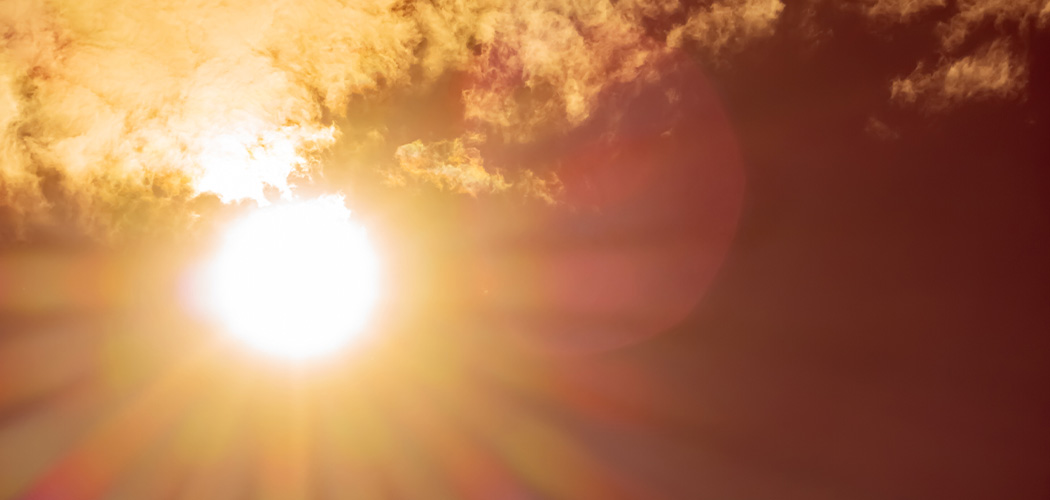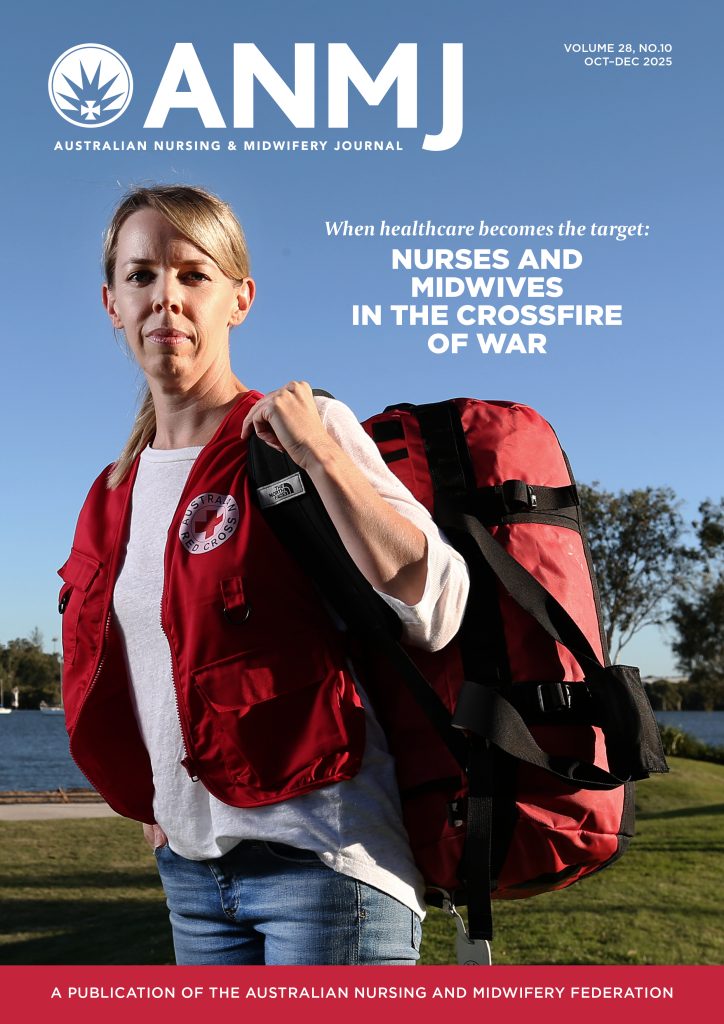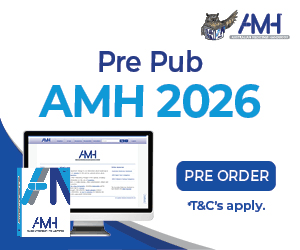The 2024 report Climate-Driven Extreme Weather Events: Australian Nurses’ and Midwives’ Experiences highlights the extraordinary leadership of nurses and midwives during some of Australia’s most severe climate-driven disasters.1 This three-part ANMJ series presents case studies that showcase how these incredible healthcare professionals lead responses in times of crisis, demonstrating resilience, adaptability, and compassion when their communities were at their most vulnerable.
Following the accounts of nurses responding to floods and bushfires, this case study focuses on Wendy Young, a Registered Nurse from Derby in Western Australia, as she navigates the impacts of relentless heatwaves and cyclonic weather on healthcare delivery.
Wendy’s experience demonstrates the resilience, resourcefulness, and community collaboration required to manage the health impacts of climate-driven weather in remote regions. From providing critical care in soaring temperatures to addressing infrastructure failures, her story sheds light on the complex realities of nursing in the face of extreme heat.
Derby is a remote town with a population of approximately 3,000 people. The temperature in Derby can range from 4°C – 44°C, and there are often long periods of time without any rainfall. There is one hospital in Derby and it provides emergency, maternity, medical and surgical services. The major referral site for Derby is Broome, however access to Broome is limited at times by cyclones, which are increasing in frequency and intensity. Wendy Young is a registered nurse with experience in trauma, emergency, intensive care, and paediatrics. She described a number of situations where extreme heat events impacted on the provision of care. “During one heatwave a patient on the ward experienced a cardiac arrest, and was transferred to the emergency department for advanced life support. Due to a persistent heatwave, the air-conditioning had failed, and internal ambient temperatures had soared – the staff were required to wear plastic gowns for infection prevention and control measures. The resuscitation continued for over two hours, during which time support staff were bringing ice-cold water into the room for the staff to prevent dehydration”.
During another extreme heat event, the hospital mortuary broke down, and deceased patients had to be transferred to other hospitals. As some of the deceased were local Aboriginal people, the families were very distressed that they would be separated by such significant distance. Another consequence of frequent heat-related events was finding Yankauer suckers and oxygen tubing had melted in the hospital-run ambulance because of high temperatures.
Wendy also recalled caring for a four-day old infant who was experiencing seizures of an unknown cause. The infant needed to be urgently transferred to a tertiary referral hospital. However cyclonic weather in Broome delayed the transfer because all flights were cancelled.
Alongside extreme heat events, flooding also impacts the local community: “People with chronic illnesses often experience delayed care when flooding prevents access to usual healthcare. In one case a patient missed out on dialysis for 3-weeks, became overloaded and required transfer for tertiary-level care”.
Wendy described the importance of a whole of community approach to extreme weather events. Community stakeholders, including the local Aboriginal Elders, are critical for communicating public-health matters during times of crisis, and encouraging people to evacuate when necessary. Wendy explained that in small towns like Derby, everyone must be ready to respond and, with minimal resources available during times of crisis, both healthcare professionals and community members have to rely on each other.
“Due to a persistent heatwave, the air-conditioning had failed, and internal ambient temperatures had soared – the staff were required to wear plastic gowns for infection prevention and control measures.”
Wendy’s story illustrates the profound challenges posed by extreme heat events, particularly in remote areas where healthcare infrastructure is already under strain. Her ability to adapt to failing air-conditioning, melted medical supplies, and limited resources highlights the important role of nurses in responding to climate-driven emergencies. Wendy’s account also emphasises the importance of community engagement, including partnerships with local Aboriginal Elders, to ensure effective communication and collective resilience during crisis.
As extreme heat events and other climate-driven disasters escalate across Australia and globally, healthcare professionals must be equipped to address these challenges. Wendy’s experience is a call to action for strengthening climate literacy and preparing healthcare systems for the realities of a rapidly changing climate.
James Bonnamy is Research Fellow to Professor Gabrielle Brand at Monash University.
Dr Aletha Ward is a Senior Research Fellow in the Poche Centre at the University of Queensland.
Distinguished Professor Tracy Levett-Jones is based in the School of Nursing and Midwifery in the Faculty of Health at the University of Technology Sydney. Tracy is also the Lead, Planetary Health Collaborative for Nurses and Midwives and the Co-convenor of the Climate Change and Health Collaborative and the Research Institute for Innovative Solutions for Wellbeing and Health (INSIGHT).
References
- Levett-Jones, T., Ward, A., Best, O., Bonnamy, J., Cornish, J. Correia Moll, E., Greenhill, J., Foster, A, Hastie, C., Pitkin, S., Roden, J. Tunks Leach, K. & Whiteing, N. (2024). Climate-driven extreme weather events: Australian nurses’ and midwives’ experiences. University of Technology Sydney. https://planetaryhealthcare.com.au/wp-content/uploads/sites/17/2024/10/84665_RKH-Planetary-Health-Collaborative-Adaption-report-web.pdf
The authors would like to acknowledge the contributions of the full authorship team for Climate-driven extreme weather events: Australian nurses’ and midwives’ experiences.1
The authors also extend their gratitude to Wendy Young, Registered Nurse, for her invaluable insights and for sharing the experiences of her community.








